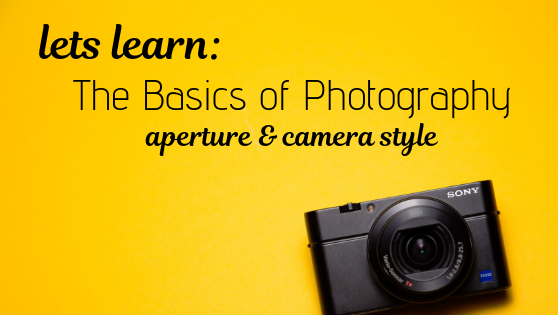Do you love taking photos? I know I do! When beginning your hobby in taking photographs, it is important you can understand some of the basic photography terms that you will hear. Understanding these pillars of the art of photography will help you become more confident in your picture taking as well as create overall stunning images. Let’s get started!
Point and Shoot vs DSLR
Many new photographers are used to taking photos on a point and shoot camera. These are great options for those who are just starting because they are affordable and straightforward to use. The drawback is that you have less control over your photos and they don’t provide the quality of images a DSLR camera will.
For those looking to get a bit more professional – a DSLR would be their best option. DSLRs can give you all the control over the settings of your photos. They also let you change out the lenses that you are using to fit your needs. Most of the concepts that we will be talking about here apply to DSLR cameras.
Aperture
One of the first pillars of photography is the concept of an aperture. A camera’s aperture is essentially a hole in the lens that causes light to enter it. This hole could be considered the “pupil” of the lens. The aperture controls a few things; it controls the depth of field in your photograph and the exposure of it.
The depth of field in a photograph refers to how in focus the foreground is in relation to the background. For example, a high aperture like 5.8 would create a smaller depth of field that would make more of the image in focus and less blurring. A low aperture, like 1.4, would create a higher depth of field, with your subject in focus and the background completely blurred.
In addition to the depth of field, the aperture also helps to control the exposure of an image. Exposure directly relates to the brightness of an image overall. The smaller the aperture, the less light is able to enter the lens, therefore creating a darker picture. The higher the aperture, on the contrary, allows more light to enter the camera, creating a brighter image.
Your aperture range is always determined by the lens that you are using. Generally, the lower the aperture range can go, the more expensive the lens will be. A portrait lens with a minimum aperture of 1.4 will be far less expensive than one that only gets down to 5.8.
Check back next month for the next step in our series to discover the basics of photography.
